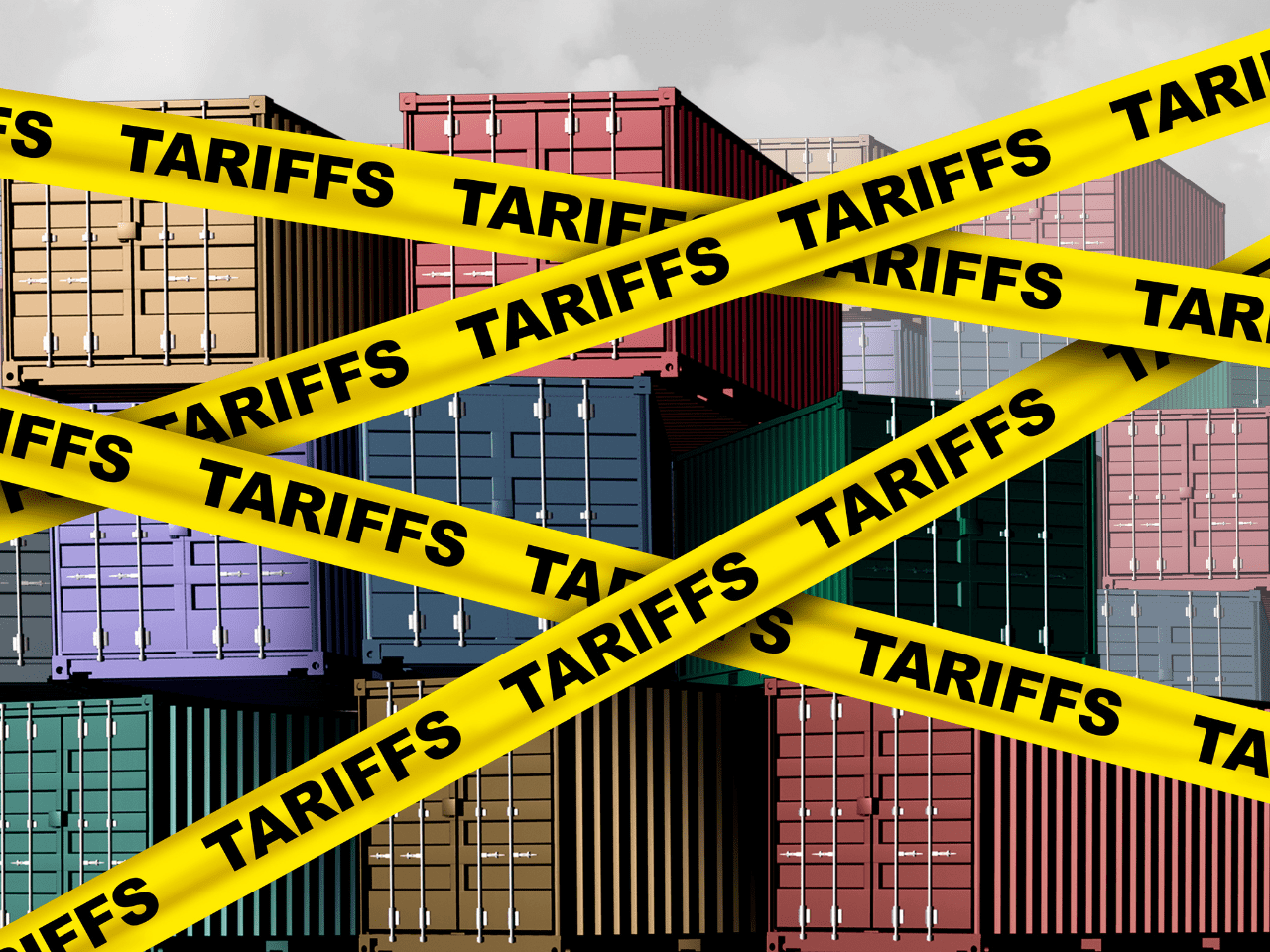The procurement process can seem difficult and complex for the uninitiated.
The basic principles of procurement help companies reduce the risk of their supply chain failing. For buyers, failing to adhere to these principles can cause a wide variety of problems, everything from health and safety issues, reputational damage and potential prosecutions for failing to ensure suppliers stick to legislation.
Procurement is about much more than buying. It is about the way your company does business and who it does business with. Without strong oversight and strategy, a company can quickly fall victim to time delays, spiralling costs and drops in product quality.
In addition to our full programme of online based procurement training courses, we have also put together a beginner’s guide to procurement – giving you the tools you need to help your company take advantage of new opportunities and drive growth.
1. Understanding spend data
Can your organisation identify where and what its critical mass of influenceable spend is?
One of the main difficulties of procurement is that spend data can often be incorrect or simply not visible and therefore requires investigation and cleansing. The problem is compounded by the fact that spend data usually comes from multiple sources, for example Accounts Payable (AP) data, e-procurement systems, contract management systems and vendor management systems.
An essential starting point is ensuring that all sources are included in your spend data, and that you are confident about their reliability.
Comprehensive spend analysis is impossible without managed, clean and accurate spend data. It is as simple as that. It is the foundation that your procurement strategy and planning is built on.
2. Understanding the market
Every market has its own dynamics, supplier base and risks. You need an in-depth understanding of the market place in which you operate if you are going to be able to effectively choose suppliers that add value to your operations.
Start by taking a look at the following areas:
• Your competition – How crowded is the market? What are the things your competitors do well? What are they doing badly? Does this create opportunities for you?
• Buyers’ strengths – Can you achieve leeway on price and value thanks to your organisation’s reputation? How are you perceived throughout the market?
• Suppliers’ strengths – What kind of suppliers are successful in the market? Are there alternatives? Where is innovation and disruption coming from?
• Substitutes – Are there substitute products available that pose a threat to your operations?
• Consumers – What do your end customers actually want from your products? Are you solving their needs or is there room for further product development?
As a buying organisation, your ultimate goal is to match your market knowledge with your customer demand. If you can’t make this connection, you’ll have trouble creating an overall strategy that focuses on generating value through making your products better, rather than your materials cheaper.
3. Carrying out portfolio analysis
Portfolio analysis maps procurements against a cost/risk matrix and highlights categories where a more hands-on style of management may be appropriate.
If you want to know what suppliers you should be trying to build a relationship with, which areas of your supply chain can be automated or streamlined, opportunities for collaboration with other organisations, future business requirements and market forces and the resources available, you will need to do some portfolio analysis.
Managing procurement activities in this way will ensure resources are focused where they will achieve the greatest value for money through your approach to supplier relationship management.
4. Working out total acquisition costs
Acquiring products and services is not just about the price. The whole-life costs and their value to an organisation need to be factored in before the true cost can be determined. Thinking about costs more holistically is an important skill for procurement professionals. A purchase may be a good deal in terms of price, but if the supplier is unreliable and prone to delays, those savings will soon be cancelled out.
Take a step back and consider all the contributing factors before choosing, and base your decision on the potential total benefit. If you measure the performance and outcomes of procurements, you will be able to track changes in costs over time and catch any inefficiencies before they become a major problem.
5. Understanding and managing all the stakeholders
Projects often include a multidisciplinary group of stakeholders, so buying organisations need to be able to successfully recognise and manage their diverse needs. Good portfolio analysis will be really useful here, and you will also need good communication and influencing skills to effectively deal with internal and external stakeholders.
Fundamental to all of this is understanding the customer requirement and the opportunities available in the marketplace. Buyers need to engage with both customers and suppliers in the early stages of projects to effectively create accurate specifications and procurement documents.


